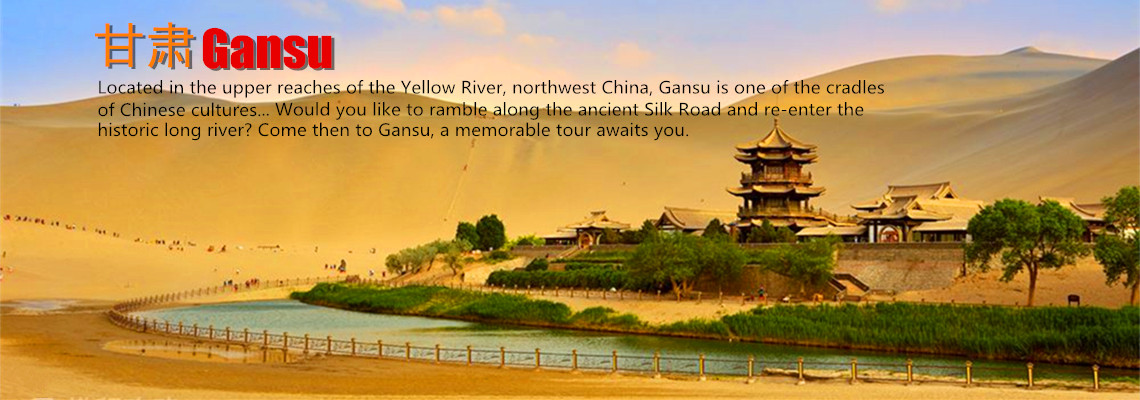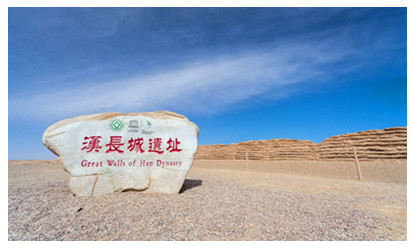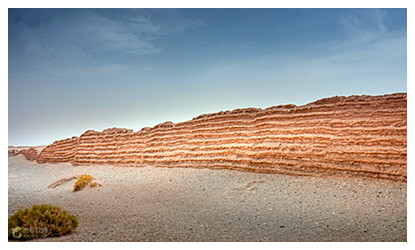Skype: neodalle-travel
Tel: +86 135 7447 2266
E-mail: sales@visitaroundchina.com

Dunhuang Great Wall of Han Dynasty is the most special section. With over 2000 years’ erosion of wind and rain, as well as the damage of quicksand, parts of it razed but most of it are still well preserved. Those extends of Great Wall in the west of Yumen Pass are best preserved with the base length 3 meters, hight 3 meters, and top width one meter.
History of the Han Great Wall
The Great Wall of Han Dynasty is the longest one among those of all other dynasties. The Han Great Wall starts from the Shanhaiguan Pass in the east to Luobu Po of Xinjiang Ugyur Autonomous Region extending more than 6700 kilometers from east to west. It is usually refered as the 'Ten-Thousand Li Great Wall', as one kilometer equals two Li's.
 The majestic Great Wall is a miracle created by China’s ancient people. The Han Dynasty Great Wall Extends was built by the central government of Western Han Dynasty (206 BC - 24 AD) to strengthen frontier defence and further cement centralization, and to develop trade and friendly communications with Central Asia and West Asia countries.
The majestic Great Wall is a miracle created by China’s ancient people. The Han Dynasty Great Wall Extends was built by the central government of Western Han Dynasty (206 BC - 24 AD) to strengthen frontier defence and further cement centralization, and to develop trade and friendly communications with Central Asia and West Asia countries.
After three years of civil war in 206 BC the first Han Dynasty was formed under the Gao Di Emperor, Liu Bang. At first he attempted to appease the northern invaders with gifts and increased trade but peace was sporadic. A massive force of the Han army attacked the invaders and forced them back across the northern borders.
In 127 BC Emperor Han Wudi ordered to construct the Great Wall. This extended the Wall into Inner Mongolia itself, and renovated much of the older wall near this border. Altogether Han Wudi had built a thousand kilometers (621 miles) of defense wall over twenty years to secure the passage to the Western Region.
There is no brick or rock in the construction of Han Dynasty Great Wall. Since large areas of rose willows, reeds, bluish dogbanes, poplars grew in the local place, the ancient people collected the branches as the foundation, and put some soils and sands above, layer by layer, built the Han Dynasty Great Wall. They put some silver sand on the bottom lands to record enemy’s footprints. It was a defensive measure.
poplars grew in the local place, the ancient people collected the branches as the foundation, and put some soils and sands above, layer by layer, built the Han Dynasty Great Wall. They put some silver sand on the bottom lands to record enemy’s footprints. It was a defensive measure.
Along the Great Wall, there is a beacon tower in every ten miles. It was used to supervise and deliver information, as well as offer supplement for the messengers or trade caravans of the Silk Road. Several soldiers guarded the tower, and would send smoke signals from the tower as alarm when they found enemy troops approaching.
 Ask Questions ?
Ask Questions ?